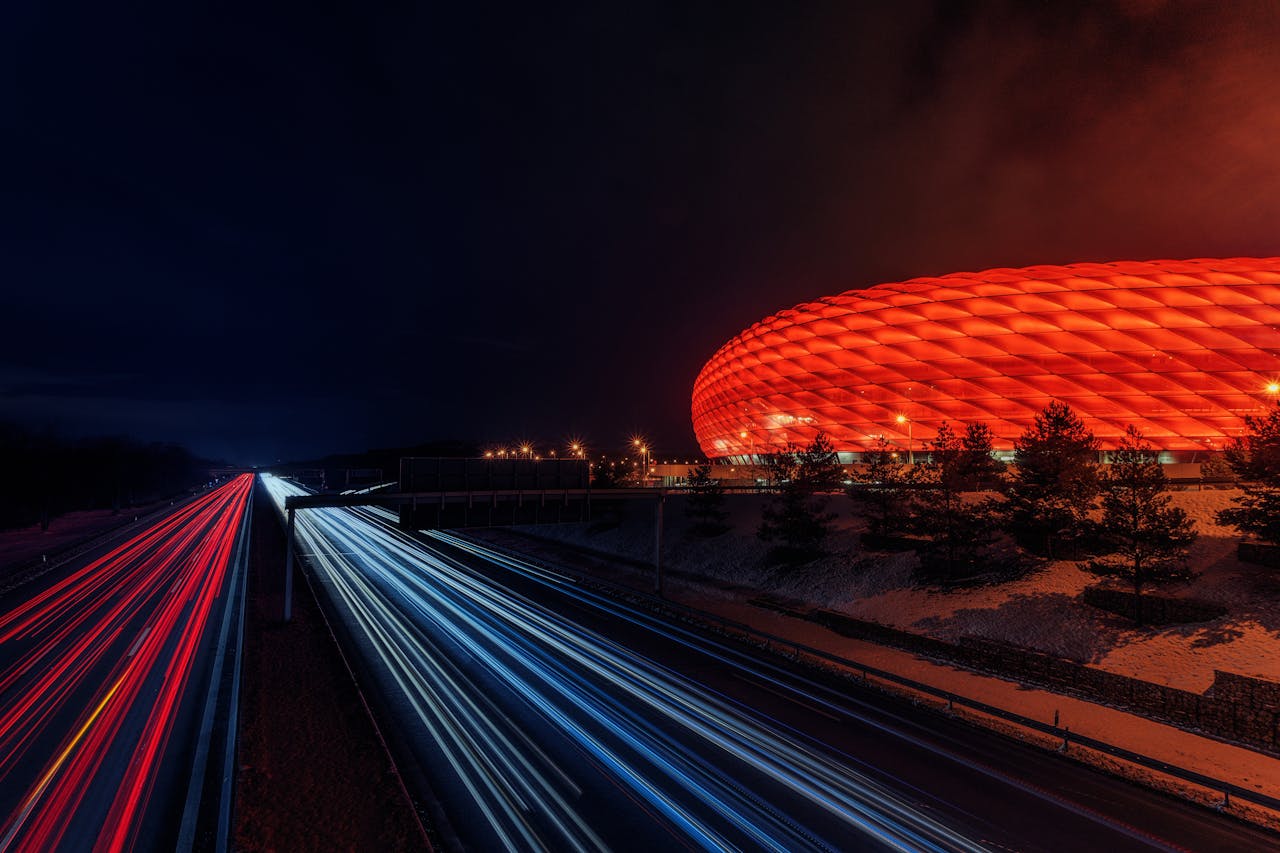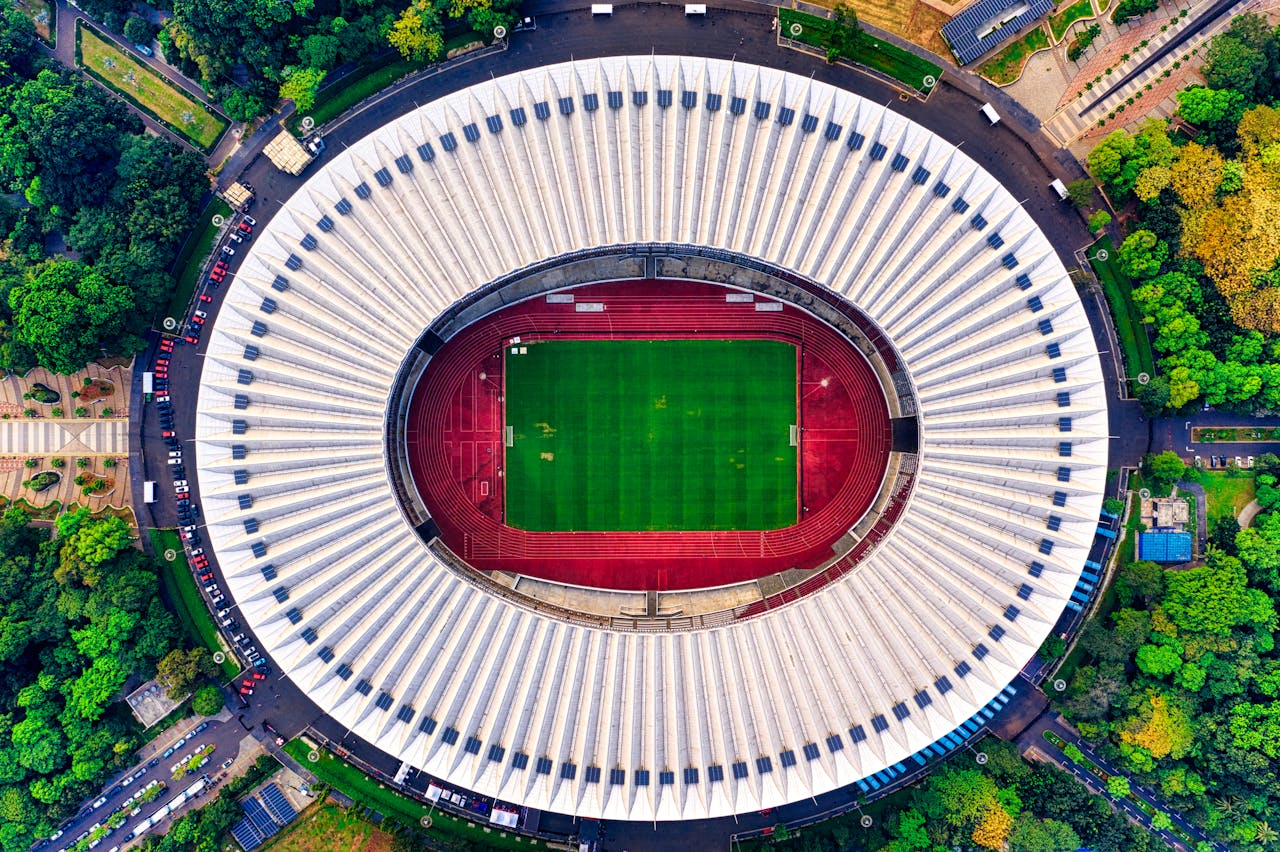The Future of Stadiums: Incorporating Technology for Enhanced Fan Experiences
As we step into a new era of sports and entertainment, stadiums are evolving beyond their traditional roles as mere venues for live events. The future of stadiums is increasingly intertwined with cutting-edge technology, transforming how fans engage with their favorite teams and athletes. From improved connectivity to immersive experiences, let's explore how technology is reshaping the stadium experience for fans.

Enhanced Connectivity and Smart Infrastructure
One of the cornerstones of modern stadiums is the need for enhanced connectivity. As fans arrive with multiple devices—smartphones, tablets, and wearables—high-speed internet access has become essential. The future of stadiums will focus on creating robust Wi-Fi networks capable of supporting thousands of users simultaneously.
-
5G Technology: With the rollout of 5G networks, stadiums can offer lightning-fast internet speeds and low latency, allowing fans to stream videos, engage with social media, and access live stats without interruptions. This connectivity enables seamless communication between fans and teams, fostering a more interactive experience.
-
Smart Features: Smart infrastructure, such as connected lighting and temperature control, will enhance comfort and sustainability. Stadiums can adjust lighting based on the time of day or energy needs, contributing to more eco-friendly events.
Tip: As stadiums integrate smart technologies, they will also collect data on fan behavior, preferences, and movement patterns, allowing for more personalized experiences in the future.
Augmented Reality (AR) and Virtual Reality (VR)
Augmented reality (AR) and virtual reality (VR) are set to revolutionize the fan experience in stadiums, creating immersive environments that go beyond traditional viewing.
-
AR Experiences: Fans can use AR apps on their smartphones to access additional content during games, such as player stats, historical highlights, and even live feeds from different angles. For example, by pointing their phone at the field, fans could see real-time analytics or 3D animations of key plays.
-
VR Viewing: While VR is still in its infancy for live sports, the potential is immense. Imagine being able to experience a game from the comfort of your home, sitting courtside or in the best seats in the house without paying exorbitant prices. VR could offer fans the opportunity to "attend" games in virtual arenas, complete with social interaction and immersive features.
Tip: Teams and venues that invest in AR and VR technologies will not only enhance the in-stadium experience but also reach fans who cannot attend in person, expanding their audience base.
Mobile Applications and Digital Ticketing
Mobile applications are becoming the backbone of the modern fan experience. These apps offer various functionalities, from purchasing tickets to ordering food and merchandise.
-
Digital Ticketing: With the rise of mobile ticketing, fans no longer need to print tickets or worry about losing them. Scanning QR codes at entry points streamlines the process, reducing wait times and enhancing security.
-
Order Ahead Options: Fans can use their smartphones to order food, beverages, and merchandise directly from their seats. This not only minimizes queues but also maximizes time spent enjoying the event. Some stadiums have already implemented this feature, and its popularity is expected to grow.
Tip: Encourage fans to download the venue's official app before arriving, as it often includes exclusive offers, event schedules, and personalized experiences tailored to their preferences.

Personalization and Fan Engagement
The future of stadiums will prioritize personalization and fan engagement through advanced data analytics and AI technologies.
-
Customized Experiences: By analyzing data from ticket purchases, social media interactions, and mobile app usage, teams can tailor experiences to individual fans. This could mean personalized greetings upon arrival, customized food and beverage recommendations, or exclusive content based on a fan’s favorite players.
-
Fan Interaction: Interactive kiosks and screens throughout the stadium can engage fans during breaks in the action. These screens can display polls, trivia, and social media feeds, encouraging fans to participate and connect with one another.
Tip: Creating a sense of community among fans, both in-stadium and online, will enhance the overall experience and encourage loyalty.

Sustainability and Smart Design
As environmental concerns grow, the future of stadiums will include a focus on sustainability and smart design practices.
-
Green Initiatives: Future stadiums will incorporate eco-friendly features, such as solar panels, rainwater harvesting systems, and energy-efficient lighting. This not only reduces the venue's carbon footprint but also appeals to environmentally conscious fans.
-
Smart Design: The architectural design of stadiums will evolve to incorporate more natural elements and enhance airflow. This could involve creating green roofs, using sustainable materials, and ensuring ample natural light in concourses.
Tip: Highlighting sustainable practices can foster goodwill among fans and enhance a team’s reputation, attracting a broader audience.
Embracing the Future of Fan Experiences
The future of stadiums is bright, filled with possibilities driven by technology and innovation. By embracing advancements in connectivity, immersive experiences, and personalized fan engagement, stadiums will transform into dynamic venues that offer much more than just a game. As these trends continue to develop, fans can expect unforgettable experiences that celebrate the excitement of live sports and entertainment. The integration of technology in stadiums is not just about enhancing convenience; it's about creating a vibrant, connected community that truly elevates the fan experience.












